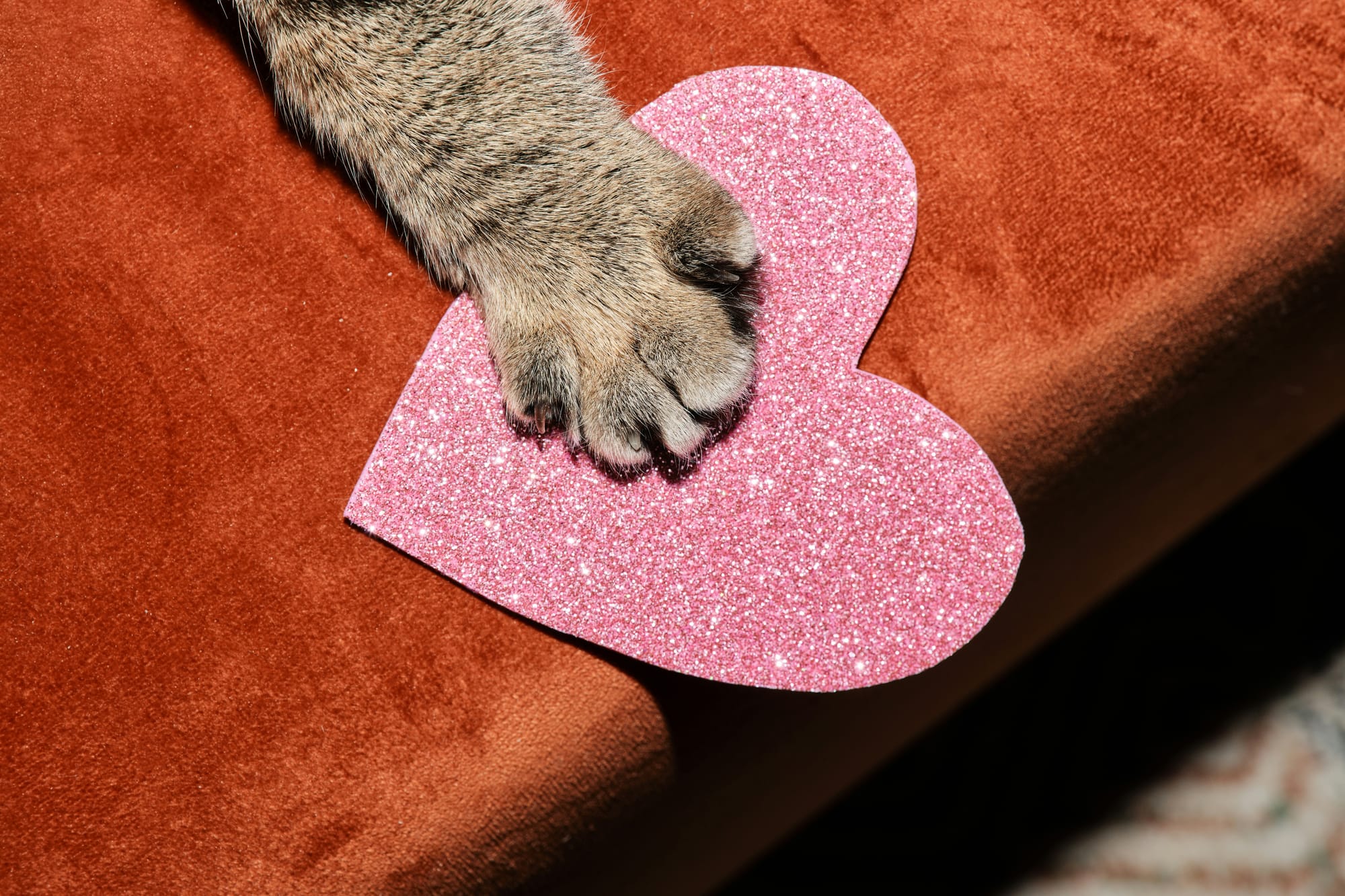Eat first!
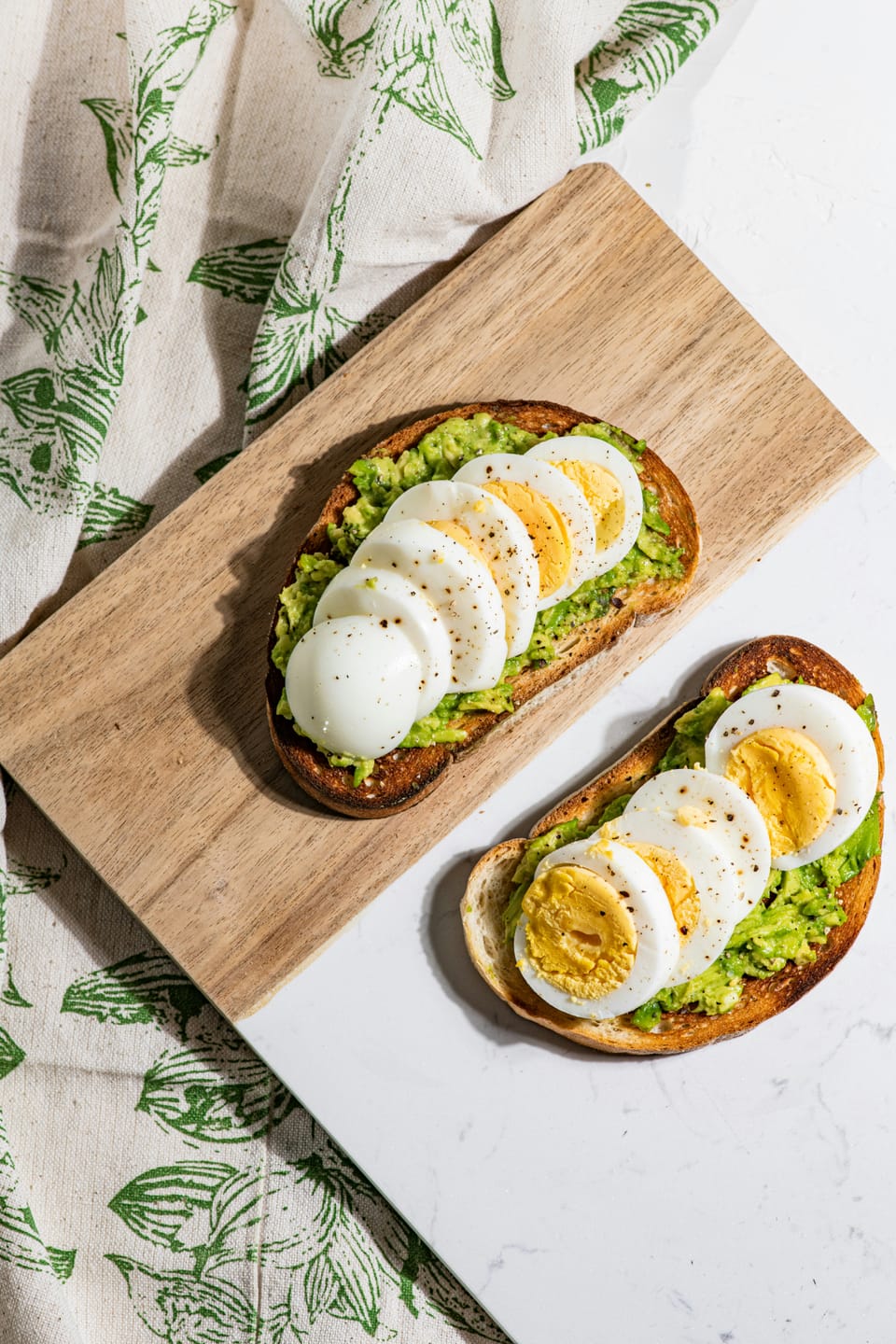
The other thing Dr. Stacy Sims is adamant about may seem counterintuitive, but there is science behind it. Women do better in a fed state! In particular, exercising in a fasted state is a bad idea for women. When I first heard her say this, I was surprised. I was accustomed to getting up in the morning, drinking a cup of green tea, and then getting right into exercising, not eating breakfast until afterward. However, when I heard Sims’s explanation for her exhortation it made more sense to me.
The hypothalamus in the brain perceives a fasted state as a threat. This increases our sympathetic nervous system arousal. Additionally, research shows that after four days of exercise in a fasted state women produce less thyroid hormone and the body is less able to use it. As someone who has studied psychological trauma and its somatic consequences, the idea that the nervous system could be negatively impacted by high demands in a depleted state tracks for me.
Also, since the hypothalamus is the temperature regulation center in the brain, when it is stressed we are at increased risk of more, and more severe, hot flashes and/or freezing spells.
Men do well exercising in a fasted state, and so until recently it was assumed that all humans do. Recent research reveals that women end up with opposite results from men when they exercise while fasting—they lose lean muscle mass instead of building it, nervous system arousal goes up, and visceral fat holds on and even builds.
A word on fasting
I have personally experimented with fasting and intermittent fasting.
· Fasting generally can mean a variety of things and was historically typically done for religious or spiritual reasons.
· These days there is more research being done and science to support fasting for certain conditions.
· Fasting may be done with no calorie intake or restricted calorie intake and can be done for hours or days at a time.
Intermittent fasting is when you have a defined “feeding or eating window.” For example, in a 24-hour period you may have ten hours during which you permit yourself to eat and fourteen hours when you do not. This helps to give your internal organs time to do the work of digestion as well as time to rest and recover. When we are constantly snacking or eating late into the evening and then first thing in the morning, our bodies never get a break from the work of digestion and can become overwhelmed and sluggish.
When I found Dr. Mindy Pelz’s book, Fast Like a Girl, I thought I had found something that would help with my menopause symptoms. I had already been doing intermittent fasting—ending my eating by about 7pm and then not eating again until 9 or 10 the next morning, giving me a 14 or 15-hour window of not eating. Then I started doing 24 hour fasts one or two times a week. I did this a few times, aiming to work up to 36-48-hour fasts. I put a stop to it all after a few weeks when I realized that I was totally revved up every time I fasted. I was triggering my stress response by fasting and I knew that was the one thing I really didn’t need to be doing.
I still essentially practice intermittent fasting, but I don’t have hard and fast rules about it. I just stop eating after dinner, at least 2-3 hours before bedtime (which is 8-9pm for me), and then I don’t eat again the next morning until sometime between 7 & 10am. I do this because taking a longer break from eating to let my organs do their working and resting makes sense to me and intermittent fasting does make me feel better and helps my digestion and energy levels.
Often my fasting window is shorter than it used to be because I have also started to make sure that I do take in some protein, carbs, and fat prior to working out. This may be a cup of yogurt with granola and fruit, a fruit and greens smoothie with whey protein powder, or even just a hard-boiled egg. I want my hypothalamus to get the message that things are okay and there's no threat here.
Some of you may find fasting helpful but be careful. The science right now is showing that fasting can be extremely beneficial for some people and particularly for some illnesses, treatment regimens, or chronic issues, such as obesity, diabetes, metabolic disorders, and in some cancers. Currently the research about fasting for women generally is not convincing, though Dr. Pelz and others will disagree. My personal experience tells me that Sims’s research is revealing an important truth about women’s bodies and minds.
What To Eat Before Exercise
In terms of what to eat before exercising, it does not--and should not--be a full meal or even two pieces of avocado toast with eggs as pictured above. In a podcast, Stacy Sims described her pre-workout nourishment as her regular coffee with sweetened nut milk and protein powder. Whey powder seems to be recommended as the most power-packed protein punch you can get, though if you are vegetarian or don't like the flavor of whey, soy or pea protein are also fine.
I try to eat a hard-boiled egg or a smoothie or decaf coffee with protein powder. Honestly, I am still trying to figure out what works best for me as I am not in love with any of the protein powders. I think I'm going to have to both adapt to the taste and find the best temps and techniques to get the powders mixed in to liquids to avoid clumping.
There are two essential things to keep in mind:
• Make sure you are giving your hypothalamus the message that nourishment is on board and you are in favor of giving your body what it needs to expend energy and build muscle
• The pre-exercise snack needs to include fat and carbohydrates to give you the energy you need to work out and protein to foster the ability to repair and restore tissues after intense exercise.
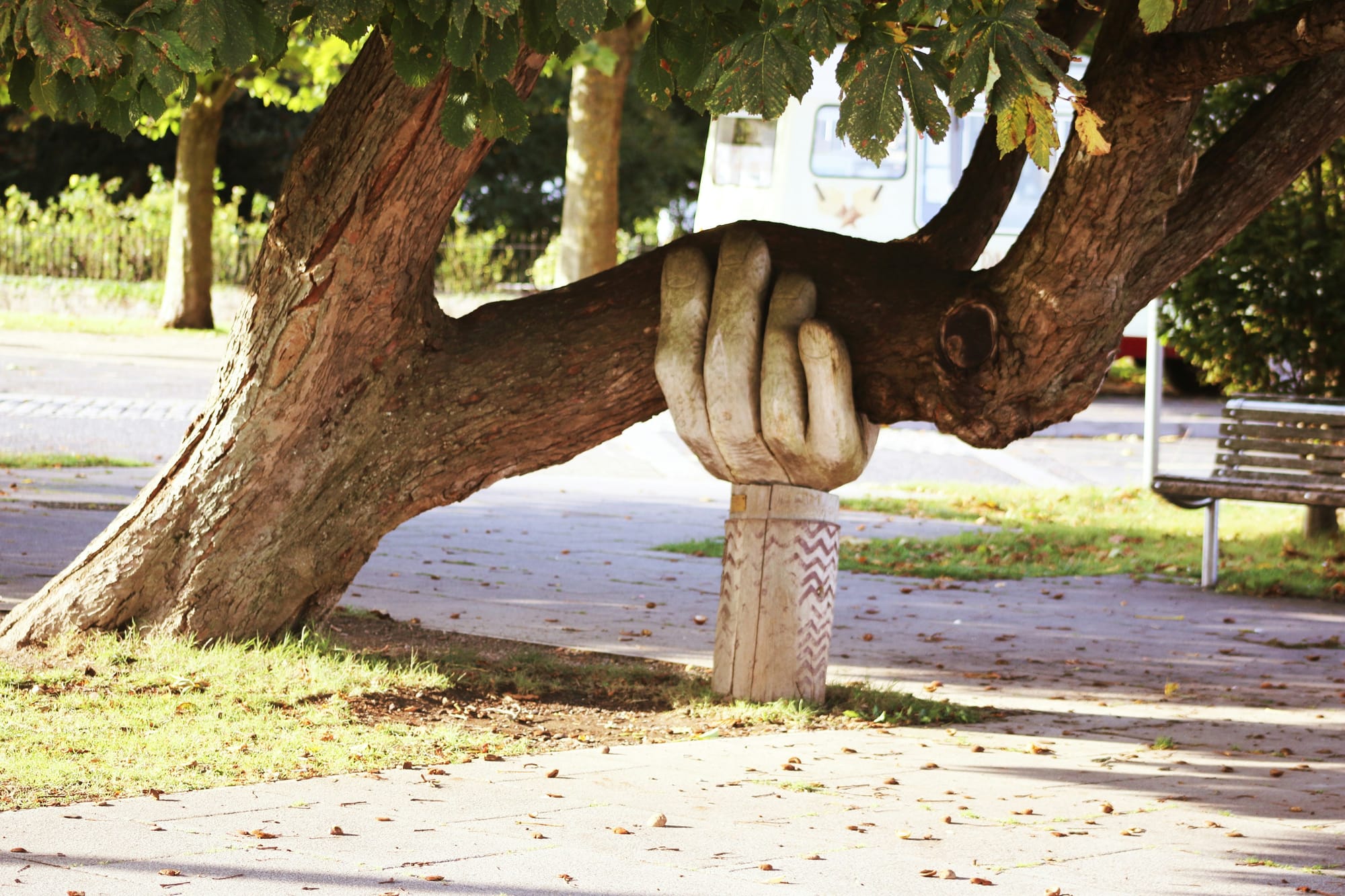
Preventing injury
Dr. Stacy Sims, an internationally known exercise physiologist who focuses on women's health, says that the first task is to learn to move. Some of us will have a head start, being athletes or having dedicated strength training and HIIT regimens in our twenties or thirties. Others of us have studied alignment-based movement practices that have taught us how to work the body efficiently and safely.
***However, many people do not know how to move their bodies both to stay safe and to work muscles instead of tendons, ligaments, and joints. This is particularly crucial during menopause.***
There are estrogen receptors in the cells of our bones, muscles, joint capsules and connective tissue. Estrogen is critical in the development of collagen, which is essential to the construction and healing of skin and connective tissue. As a result, when estrogen declines during the menopause transition, we become vulnerable to injury!
I learned this the hard way, as many of us do. After reading Roar I started full bore into some strength training videos I found on You Tube. I really like the woman I was following and enjoyed the exercise. But what I hadn’t yet learned is the importance of resting days and the dangers of simply overdoing—using the same joints and muscles over and over in novel ways that exhausted my ability to maintain good form and alignment.
I hurt my left shoulder badly. It was a soft tissue injury, but it seemed to involve every single muscle in my left chest, upper back, neck, arm, and shoulder. As a (former) fortunate someone who has typically only sustained minor injuries from which I bounced back with little drama, I became deeply depressed, demoralized, and disgruntled when it took months of pain, PT, and little to no exercise in order to heal.
For some reason shoulders are particularly vulnerable in peri- and post-menopausal women. But all joints and limbs are susceptible to injury because of fluctuating and declining hormone levels, so all exercise needs to be approached cautiously, mindfully, and slowly.
And learning how to move, how to jump, how to hold your body in alignment as you lift a weight, how to exercise without hurting yourself is critical. Some personal trainers will know about alignment, though many will not be focused on it. The Alexander Technique and Egoscue Method are forms of body awareness and movement that focus on safe, healthy movement and posture. But you can also find links to information about alignment, posture, and movement in books or on You Tube.
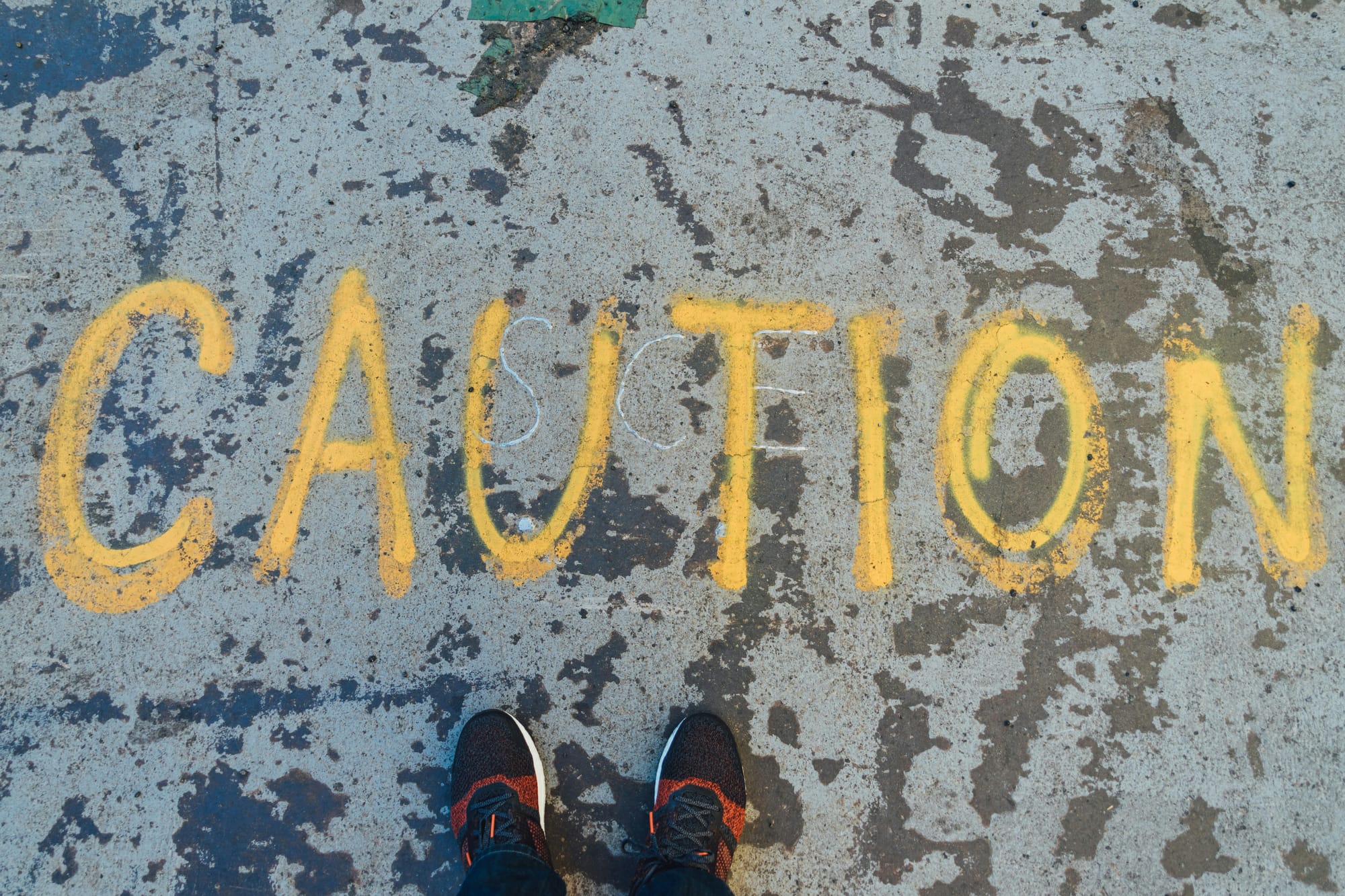
An aside:
If you are consulting books, podcasts articles, or videos:
· First, look at the titles or descriptions to see which seem most relevant to your quest.
· Second, look at the source, the person or organization who produced the information.
· Third, take the time to research that person or organization. What is the basis for their expertise? How and where were they educated? Who vouches for them? How long have they been in the field?
· Finally, if you decide to read, watch, or listen to the information, stay critical and discerning. Does this information make sense for you? Do you need more details? Are you skeptical? If so, keep investigating. Are you ready to hop on the train? If so, keep investigating. (I wish I’d done this with the You Tube strength training videos.)
Personally, on You Tube I have worked with Caroline Girvan, Burpee Girl, the Girl with the Pilates Mat, Kaleigh Cohen, and Popsugar (I loved their twerking and abs workout!). I also joined a local gym that is just for women and is owned by a woman who had done the Stacy Sims certification for menopause. I have enjoyed all of them at various times, and all of them taught me important things about my changing body and pointed me toward the direction I need to go now.
However, some of what I learned was
· how worn out and drained I would feel after a 30-minute aerobic session rather than energized and raring to go as I used to feel
· how Pilates no longer seemed to be providing me with a guaranteed way to build strength and flexibility
· how doing too much now creates injury rather than a bit more soreness and fatigue than usual
Working with the personal attention of a trainer at the gym helped me learn more about how to lift weights, work with resistance bands, and structure strength training workouts. However, even those sessions ended up being too fast-moving and action-packed so that, while it felt more effective than the videos I’d been relying on, I just did not feel all that great over time. I ended up taking what I’d learned and cobbling together workouts at home.
In the last week, after watching the Zoe podcast with Sims (see Resources page), I joined a program with Hailey Happens that was co-developed by Hailey and Stacy. The jury is still out, but so far I like it better than any other workout I’ve done. It was designed specifically for women going through menopause, includes strength training and HIIT, and—crucially for me—has built-in resting periods, which make a huge difference in how it all feels.
I know this is a lot of information. I also recognize that it may have stirred and muddied the waters rather than clarifying much. Thank you for sticking it out!
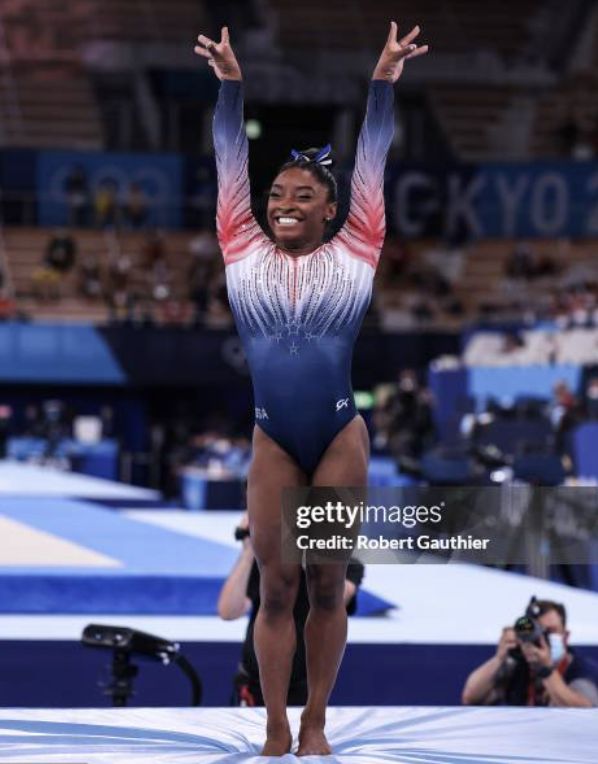
It has been challenging the last three years as I have tried to winnow through all the information coming at me, cope with my changing body, and deal with my own emotions about it all.
I hope that I have, at least, given you a few resources, starting places for your own research and ideas to keep at the forefront as you explore. Please let me know about your experience and send any resources you can find that you think will be helpful to others trying to learn about exercise and health in menopause. I’ll look at them and post them on the community page.
Please contact me at beingthechange.us@gmail.com. Include the following:
· Your question, comments, or correction
· If it is okay for me to place your question/comment/correction on the “Community” page
· What name and/or location (ex, city, state) you would like me to use to identify you
